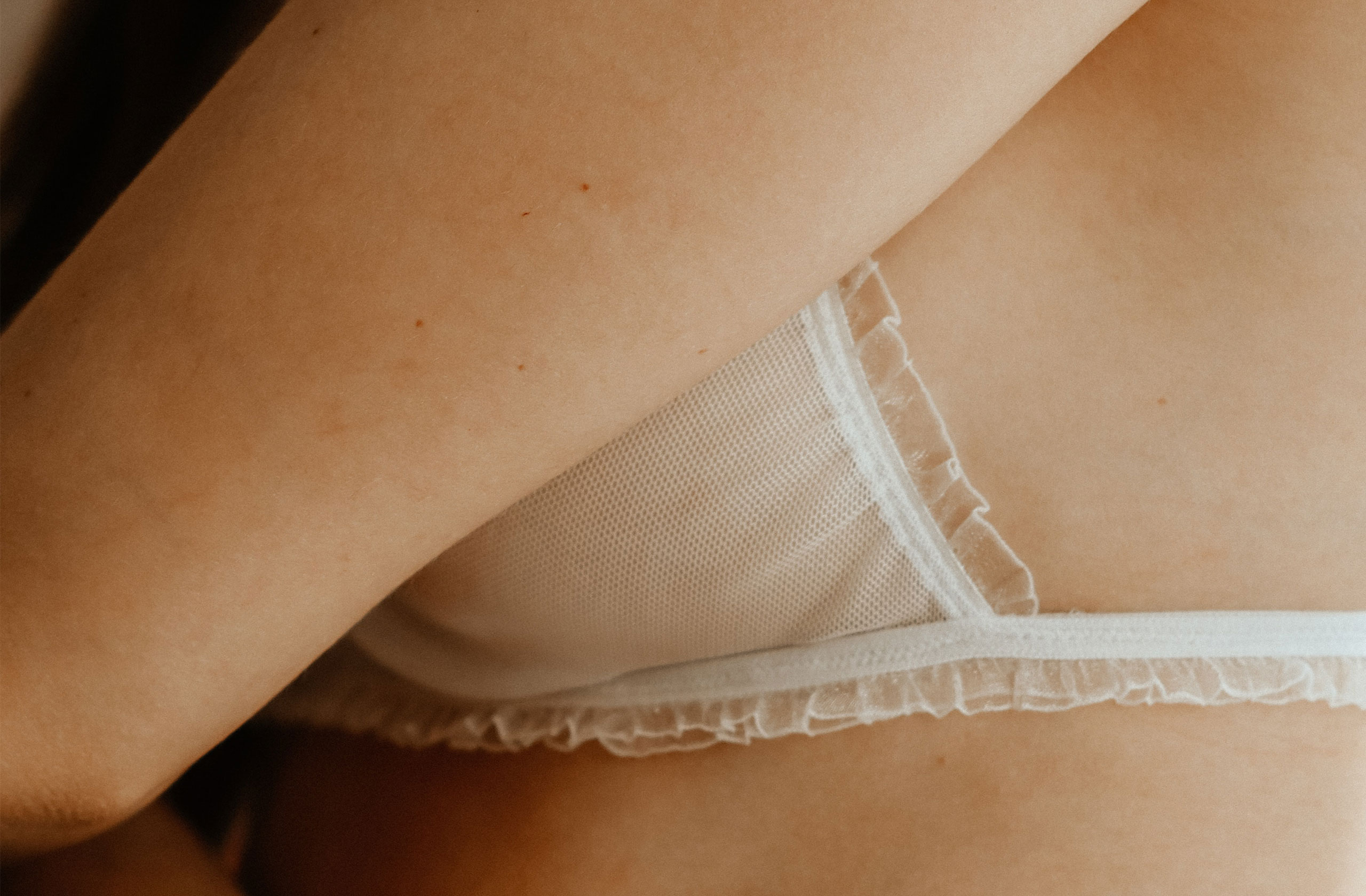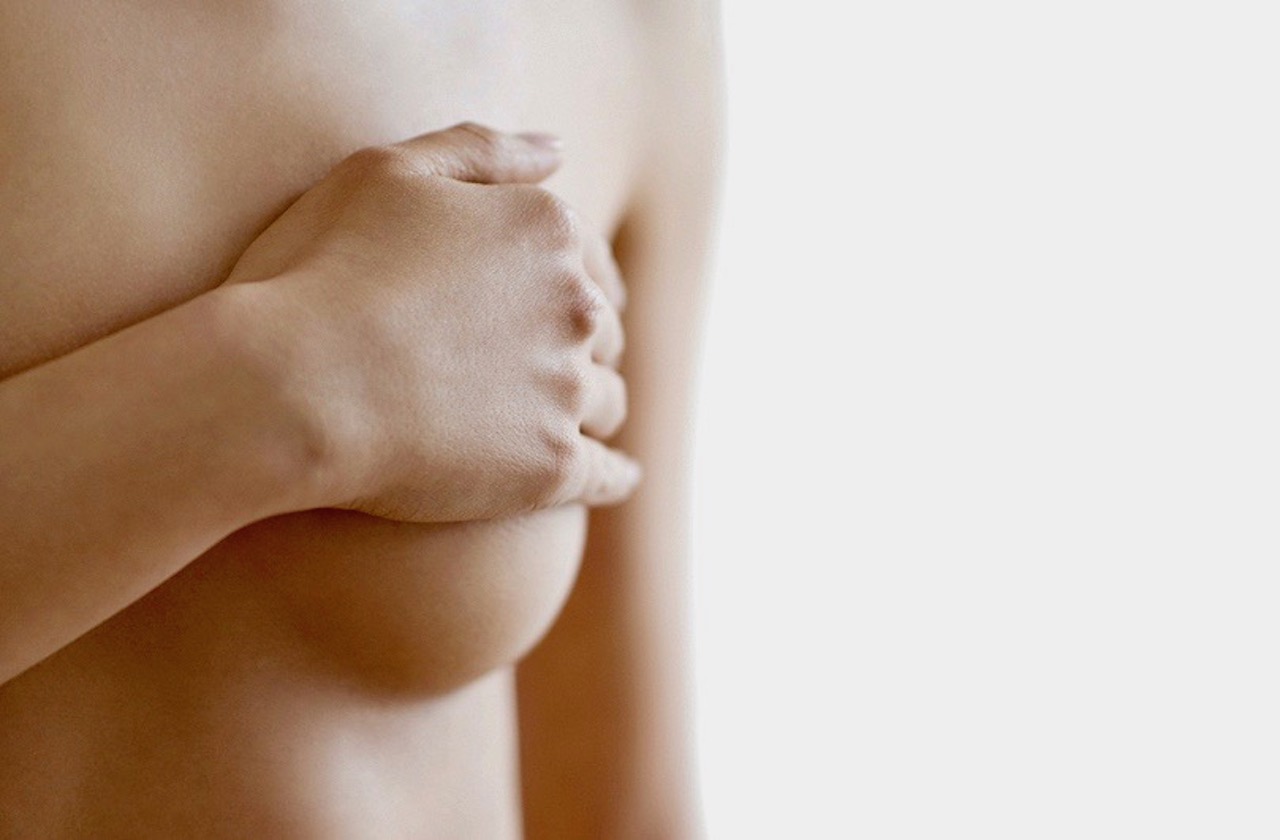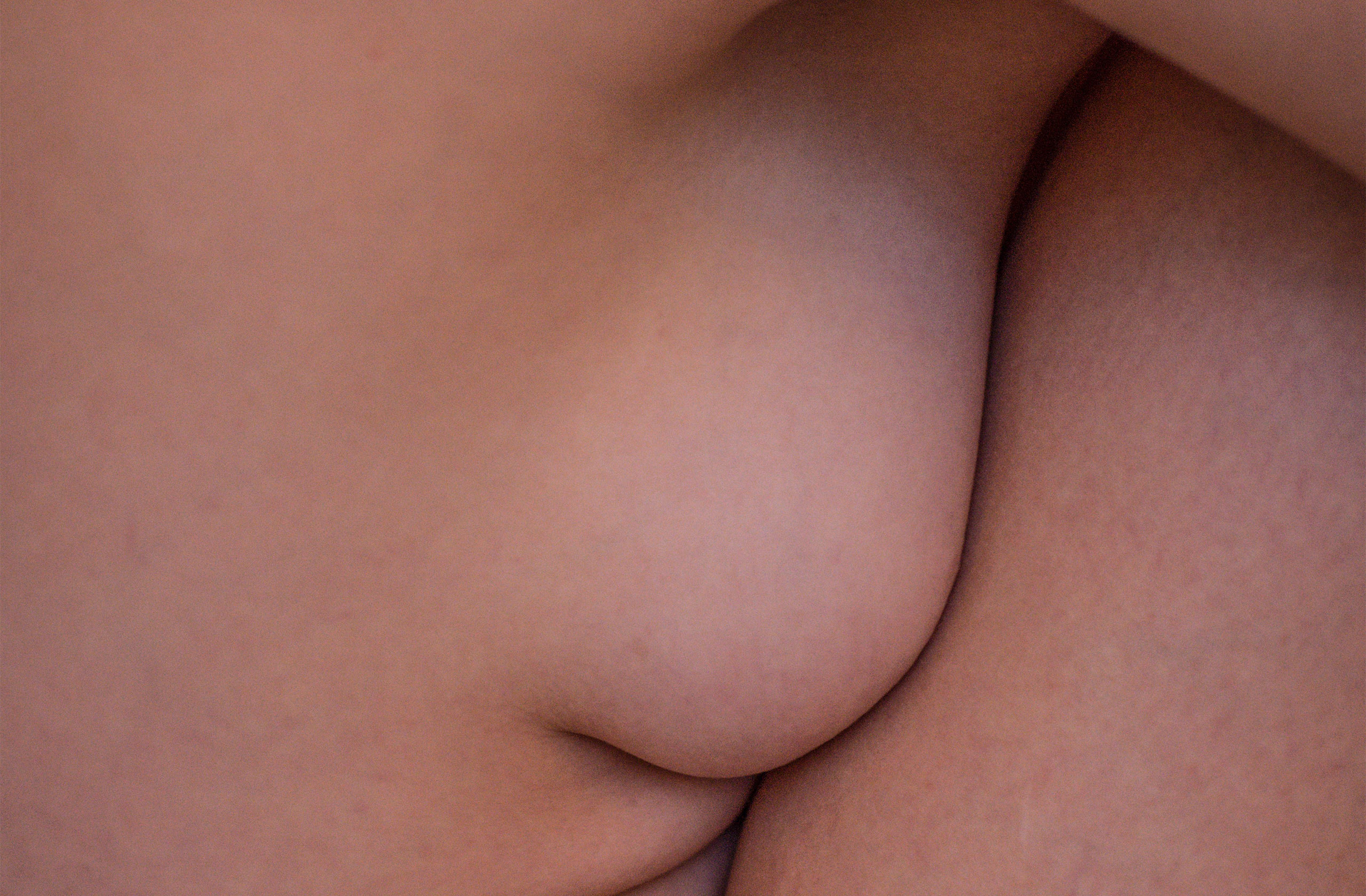Breast reduction
Dr. med. Thomas Biesgen
Plastic, reconstructive and aesthetic surgery in Zurich.
Dr. Biesgen is a specialist in breast reduction surgery
Dr. Thomas Biesgen is an active member of international professional associations in the field of plastic, reconstructive and aesthetic surgery. Dr. Biesgen is an experienced specialist in breast reduction surgery.
Dr. Biesgen works with the latest and most modern techniques to achieve the results you desire. Patient safety, the highest standards and personal care are at the heart of his treatment.
Brief information on breast reduction
- General anesthesia
- 3-4 hours
Stationary (1 overnight stay)
- Stitches do not need to be removed as they are self-dissolving;
- Removal of drains after 24 hours;
- Sports bra for 6 weeks.
approx. 7-10 days
after 6 weeks
Long-term (with a balanced diet)
After 4-6 months
During our consultation, I can show you various surgical results (before and after pictures).
Candidates for a breast reduction?
If you suffer from disproportionately large breasts, you know the shoulder and neck pain, the difficulties when exercising, the unwelcome looks.
Women who feel insecure with large breasts or have physical complaints (back, neck or shoulder problems) are suitable candidates for breast reduction surgery (mammary reduction). Breast reduction can relieve the body and often also the psyche.
Breast reduction method
The breast is reduced in size by removing some skin and breast tissue. The nipple is moved upwards on the breast and usually reduced in size.
A circular scar remains around the areola that runs vertically to the inframammary fold and a horizontal scar of varying length in the inframammary fold. The scars fade over time and become less noticeable.
A breast reduction is performed to reduce the weight and volume of the breast. This gives the breast a new, smaller, firmer shape.
- An exact desired size will be discussed with you individually and followed up surgically.
- An inverted T technique (inverse T) is usually used for the incision.
- Excess tissue (mammary gland tissue, fat and skin) is removed.
- Nipples are reduced to a size adapted to the "new" breasts.
- The operation is usually performed under general anesthesia and takes about 1.5 to 2 hours.
- In some cases, liposuction on the sides can be combined.
Preliminary discussion of the desired breast size
During the consultation, Dr. Biesgen takes as much time as necessary to respond to all your questions and wishes.
A realistic assessment of the post-operative result on the part of the patient is crucial in the preliminary discussions. Dr. Biesgen will help you to find a consensus.
In most cases, it is necessary to move the nipples upwards in order to achieve an optimal aesthetic shape.
Severe asymmetries (inequalities) in the area of the breasts can also be improved and corrected.
Breast reduction for young women (girls) with large breasts
In young women (girls) who already have large breasts at a young age, liposculpture can effectively reduce the size of the breast and, above all, significantly slow down further growth.
If this procedure is performed in good time, more extensive breast reduction surgery can be avoided. There are no visible scars.
Risks associated with a breast reduction
As with all surgical procedures, there are also risks associated with breast reduction. Bruising can occur as a complication, but this heals after a few days. Postoperative scar care is also necessary in order to achieve a beautiful, inconspicuous scar. Although this varies from patient to patient, it can be optimized with certain aftercare.
There may be a feeling of numbness in the area of the surgical scars and nipples, which may take weeks to pass.
In a few cases, the ability to breastfeed may be restricted. Some patients may also experience unsightly scars. However, this usually depends on the general scar healing of the respective patient, but can be optimized with good aftercare.
Dr. Biesgen discusses the risks and complications with you in detailed preliminary consultations and answers all your questions individually.
Breast reduction procedure (breast surgery)
Before the procedure
Even before the operation, it is advisable to have the patient examined by a gynecologist in order to check the breasts with a mammogram (lumps, etc.).
After clarification and detailed preliminary discussions, you will receive further information, such as abstaining from nicotine, hormone preparations and blood-thinning medication for a period of at least 2 weeks before the operation.
During the operation
The operation is usually performed under general anesthesia. Breast reduction techniques can vary greatly and depend on the initial findings prior to the operation.
In most cases, the nipple is reduced and moved upwards. For very large breasts, liposuction (liposuction) can also be performed, usually in the lateral areas, to achieve an optimal result. Depending on the technique used, the scars may also vary. These will be discussed with your surgeon before the operation.
Two drains are inserted during the operation to ensure blood drainage after the operation. These are removed on the first day after the operation.
After the procedure
In the first few days after the procedure, there may be sensory disturbances in the area of both nipples and in the area of the operated sites, although these are usually reversible in the subsequent period.
The suture material must be removed after approx. 10-14 days. The scars should also be treated (scar cream, etc.).
Pain-relieving medication can be administered in the event of pain. The healing process is checked at regular intervals in the clinic. Scar care is ordered and monitored by the surgeon.
Recovery phase
It is necessary to continuously wear a previously fitted special bra, which should be worn day and night for a period of at least 6 weeks.
Sport and other activities should be minimized over a period of at least 6 weeks. Lifting heavy objects is initially prohibited (approx. first 4 weeks). Sauna sessions and bathing should also be avoided in the first few weeks (wound and scar healing).
Final result
However, a final result after the operation can only be expected after at least 6-12 months. During this time, the breasts will continue to change significantly, as there is still a long period of swelling and wound healing.
Reports on brood reduction:
Incision techniques and scar care for breast reduction?
If you are considering undergoing a breast reduction to achieve smaller, lighter breasts, you may have already heard about the...
read moreBreast reduction scars: methods to minimize and care for them
The length of the scar after a breast reduction depends on how loose the skin is. In a woman with extremely...
read moreBreast reduction: Effective solution for maximum breast problems
Why should a woman consider breast reduction surgery? Unlike a woman who has breasts that are...
read moreBreast reduction: How small can I go?
The decision to have a breast reduction is an important decision in the lives of many women. Although most patients who have my...
read moreCost of a breast reduction?
The cost of breast reduction surgery can vary depending on the extent of the procedure. The exact procedure and cost will be discussed and defined in detail with the patient during the consultation.
The costs include the consultation, use of the operating room and materials, anesthesia, as well as the fee for the procedure and follow-up treatment. The cost is to be understood as a flat rate per case and must be paid in advance.
As breast reduction is an aesthetic procedure, the costs must be borne by the patient. As a rule, health insurance companies do not cover the costs.
Questions and answers about aesthetic breast treatment
Arrange your appointment with Dr. Biesgen
Book your appointment for an initial consultation or a follow-up online. If no suitable appointment is available, please contact us by phone or email.
Discuss questions in the video meeting
Video-Beratungstermin (30 Minuten, CHF 100).
Arrange a consultation
Vereinbaren Sie Ihren Termin in der Praxis in Zürich (45 Minuten, TARMED, CHF 200).
Offsetting consulting costs
The consultation costs are credited in the event of an intervention within six months of the consultation.
Non-appearance dates
A fee of CHF 150 will be charged for unexcused absences from agreed appointments.













